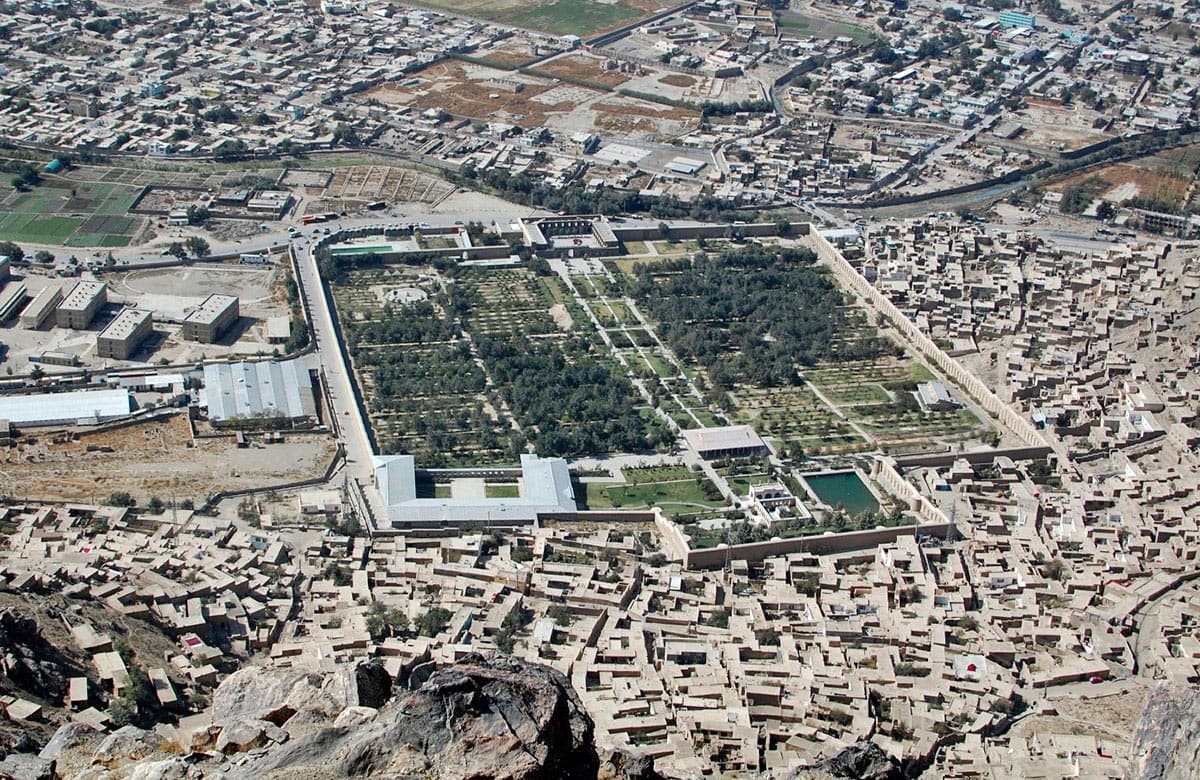Wondermondo 🢖 World 🢖 Wonders of Asia 🢖 Wonders of Afghanistan
Territory
Wonders of Afghanistan
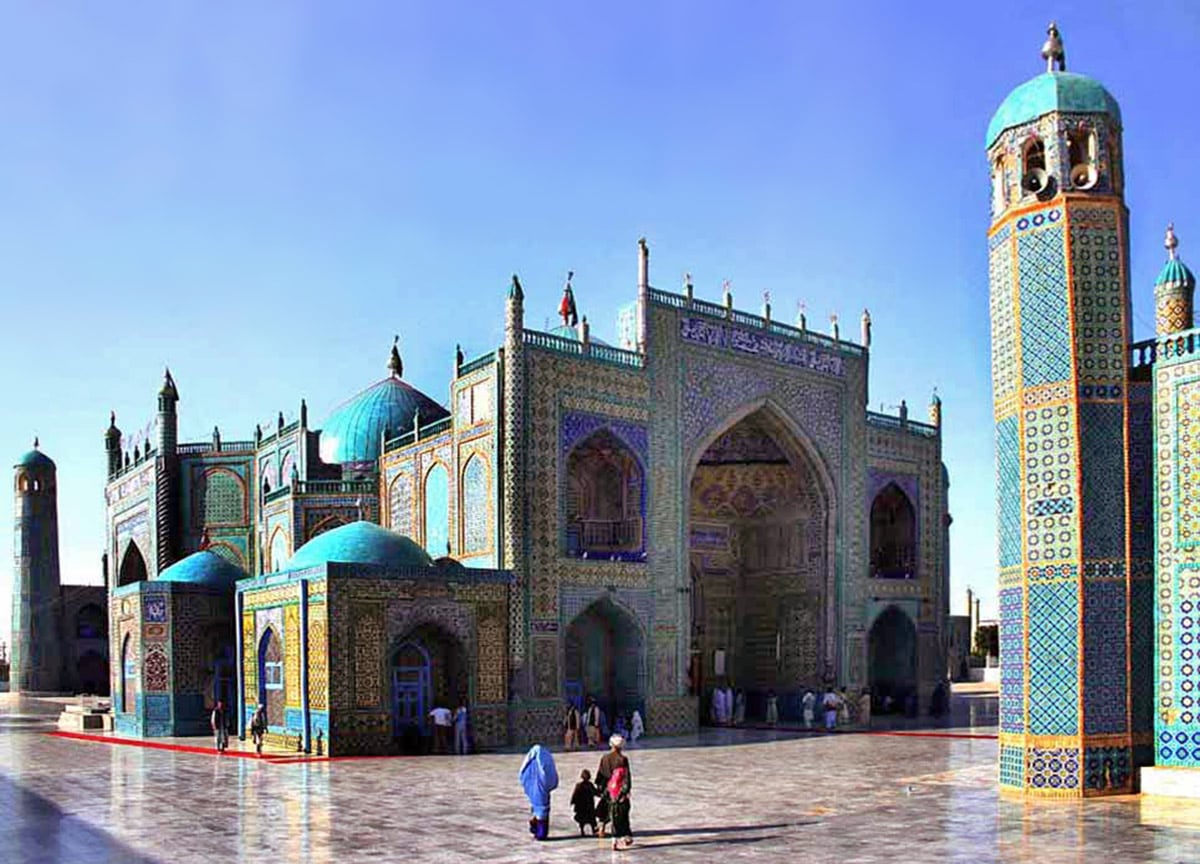
 Highlights
Highlights
Long ago, in distant past in the area of present-day Afghanistan evolved amazing cultures – here met Indian, Greek, Persian civilizations and unique local cultures. Recent decades have been harsh and some magnificent wonders of the past have been lost (including two giant statues of Buddha in Bamyan). Nevertheless many still exist. The most amazing landmarks in Afghanistan are:
- Ancient Buddhist sites. Although one of the wonders of the world – the giant Buddhas of Bamyan – was lost due to an unprecedented display of the satanic side in human nature, there are many more wonders. In Afghanistan are found hundreds of rock-cut caves – Buddhist monasteries.
- Remnants of Greek – Bactrian settlements. It is amazing to see how deep has been the influence of Alexander’s Asian campaign – millennia ago in this distant Asian country were built cities with true Greek architecture and art.
- Ancient and medieval fortifications. Similar to neighboring Pakistan, also Afghanistan has a diversity of impressive fortifications – walled cities, citadels, forts.
Map with the described wonders
If you see this after your page is loaded completely, leafletJS files are missing.
 Top 25 wonders of Afghanistan
Top 25 wonders of Afghanistan
Geological wonders
Sar-i Sang lapis lazuli mines
Badakhshan
For several millennia there has been mined the best lapis lazuli in the world.
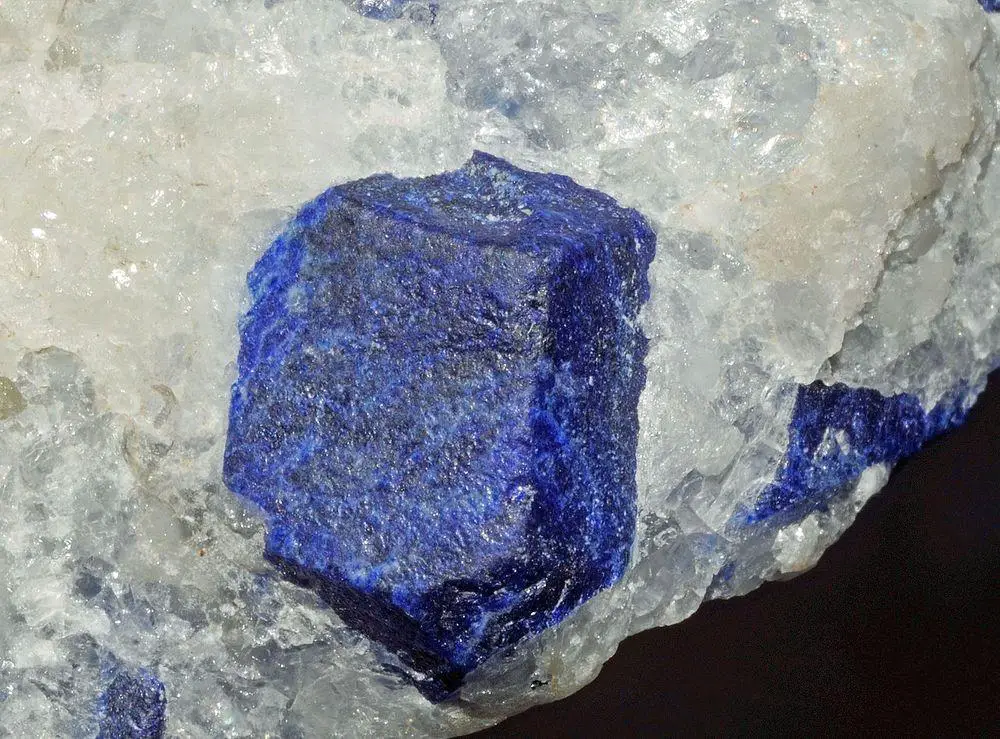
Panjshir emeralds
Panjshir
Rich find of some of the best emeralds in the world.
Laghman Pegmatites (Nilaw, Mawi, Korgal)
Nurestan
Finds of the best-known kunzite and other types of spodumene crystals (gemstones up to 1 m long), as well as tourmaline (possibly the best elbaite in the world), beryl (morganite, aquamarine, and other types), garnets and other gems.
Band-e Amir Springs
Bamyan
Group of six deep blue lakes that are separated by natural dams of tufa, forming up to 10 m tall and 3 m thick walls. Lakes and tufa walls have been formed by spring water that contains calcium carbonate. The lakes are located in a beautiful canyon and represent a unique landscape. The deepest lake is at least 150 m deep. Not too far is located another lake with natural tufa dam – Band-e Azhdahar.
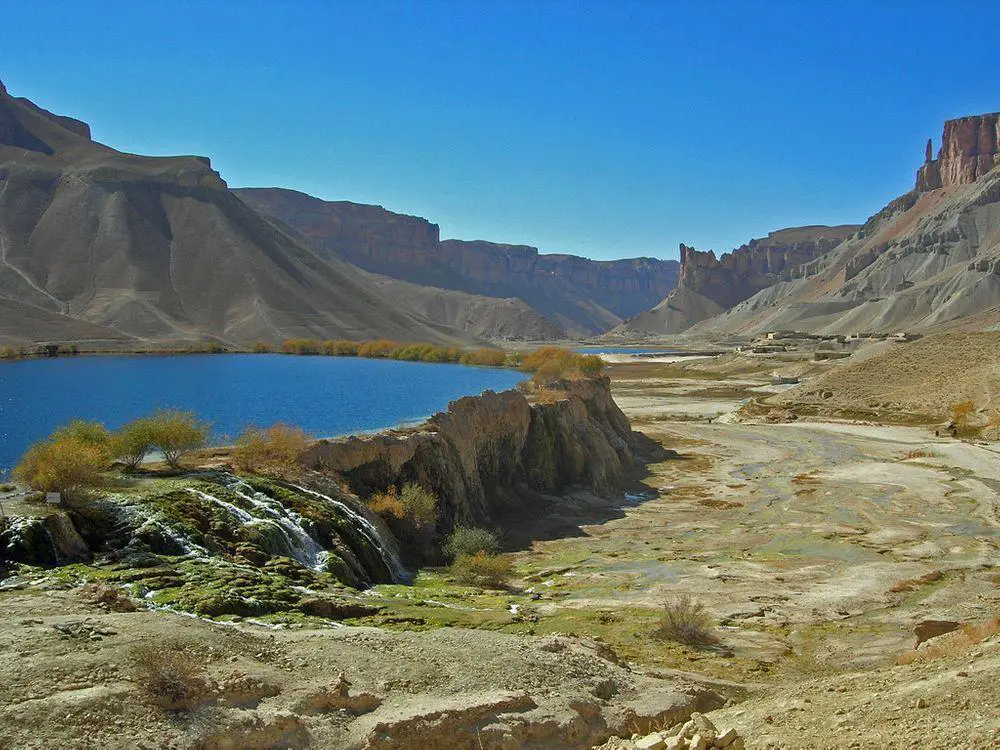
Hazarchishma Natural Bridge (Hazarcheshma Arch)
Bamyan
Giant natural arch over the canyon. The span of the arch at its base is 64.2 m.
Archaeological wonders
Buddhist shrines in Bamyan
Bamyan
Unique monument of culture consisting of more than 50 rock-cut caves and several monolithic statues of Buddhas up to 53 m high from the 5th – 9th centuries AD. Caves contain medieval paintings. A smaller statue of Buddha was built in 507 AD, and the larger one – in 554 AD. The best-known and largest statues were deliberately destroyed by the Taliban in March 2001.
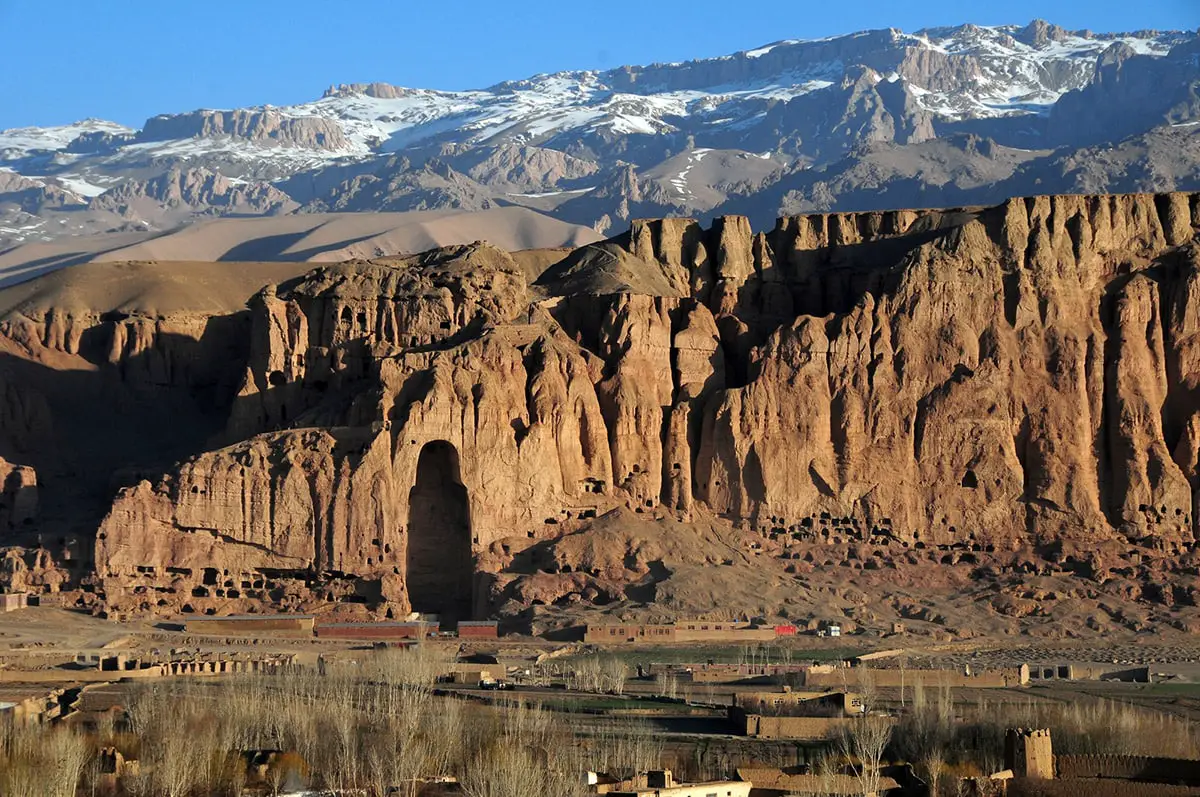
Surkh Kotal
Baghlan
Ruins of an ancient city of Kushan culture. The site contains remnants of huge temples (100 – 126 AD) and very important inscriptions that tell the history of the early Kushan state.
Mes Aynak settlement
Logar
Ruins of ancient Buddhist settlement next to a rich mine of copper. Here was located a large Buddhist monastery (40 ha), more than 400 Buddhist statues, and stupas. The site contains also remnants of older culture as well as a Zoroastrian fire temple, and ancient copper mines. The site is endangered by copper mining.
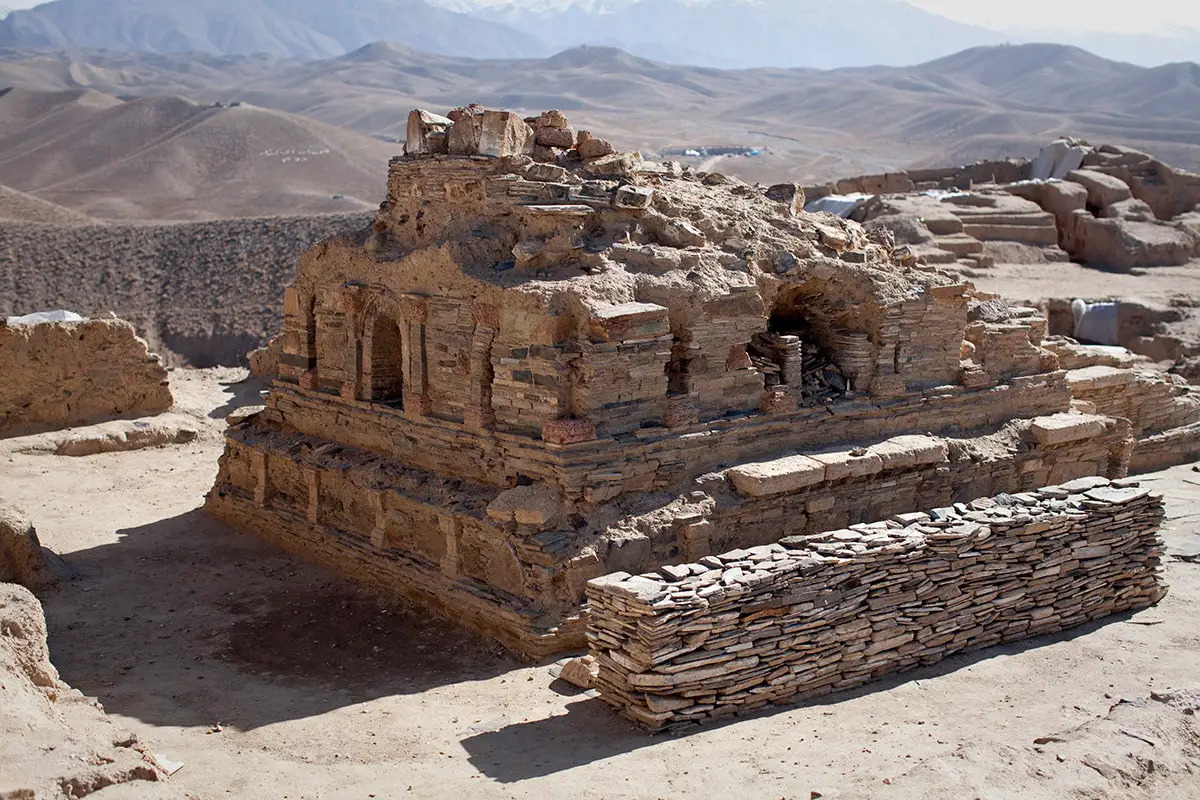
Kakrak Valley Caves
Bamyan
Group of more than 100 rock-cut caves near Bamyan Caves that were created in the 6th – 13th centuries as Buddhist shrines. Here are found remnants of a 10 m tall standing Buddha, frescoes from the Sassanian period.
Ai Khanoum
Takhar
Remnants of Greek-Bactrian city, founded in 280 BC by Antiochus I. Important center of Hellenism, one of furthest Hellenistic cities. Declined in 145 AD. The city was protected by walls and towers and included theater in Greek style, a palace, an enormous gymnasium, and temples. Numerous sculptures and architectural details in the Greek style have been found here.
Basawal cave temples
Nangarhar
Seven groups of rock-cut cave temples, in total some 150 caves. These Buddhist caves have several types of planning – some were built as dwellings, some – as temples.
Mundigak
Kandahar
Remnants of a large (21 ha) prehistoric city with artifacts of Harappan and Indus Valley civilizations. The city was large already in 2400 BC but some centuries later it was not occupied anymore.
Qoul-i Akram
Bamyan
Rock-cut Buddhist shrine that is adorned with ornaments.
Dilbarjin
Balkan
Remnants of a fortified city, enclosed in a 390 by 390 m large rectangle of fortification walls. This settlement developed in the times of the Kushan Empire. In the center is a round hill – a citadel. Here is found also a temple with wall paintings in Hellenistic style.
Shahr-i Ghulghulah
Bamyan
Remnants of a fortress – settlement on the Silk Road. The settlement existed from the 6th to the 10th century AD.
Architecture wonders
Shrine of Ali in Mazar-i-Sharif
Balkh
Gorgeous mosque with turquoise-colored domes, one of the most venerated shrines in Afghanistan. The first mosque was destroyed by Genghis Khan around 1220 and the current building was built in the 15th century. Constructed above the purported grave of Ali ibn Abi Talib. Some consider that here is buried Zoroaster.
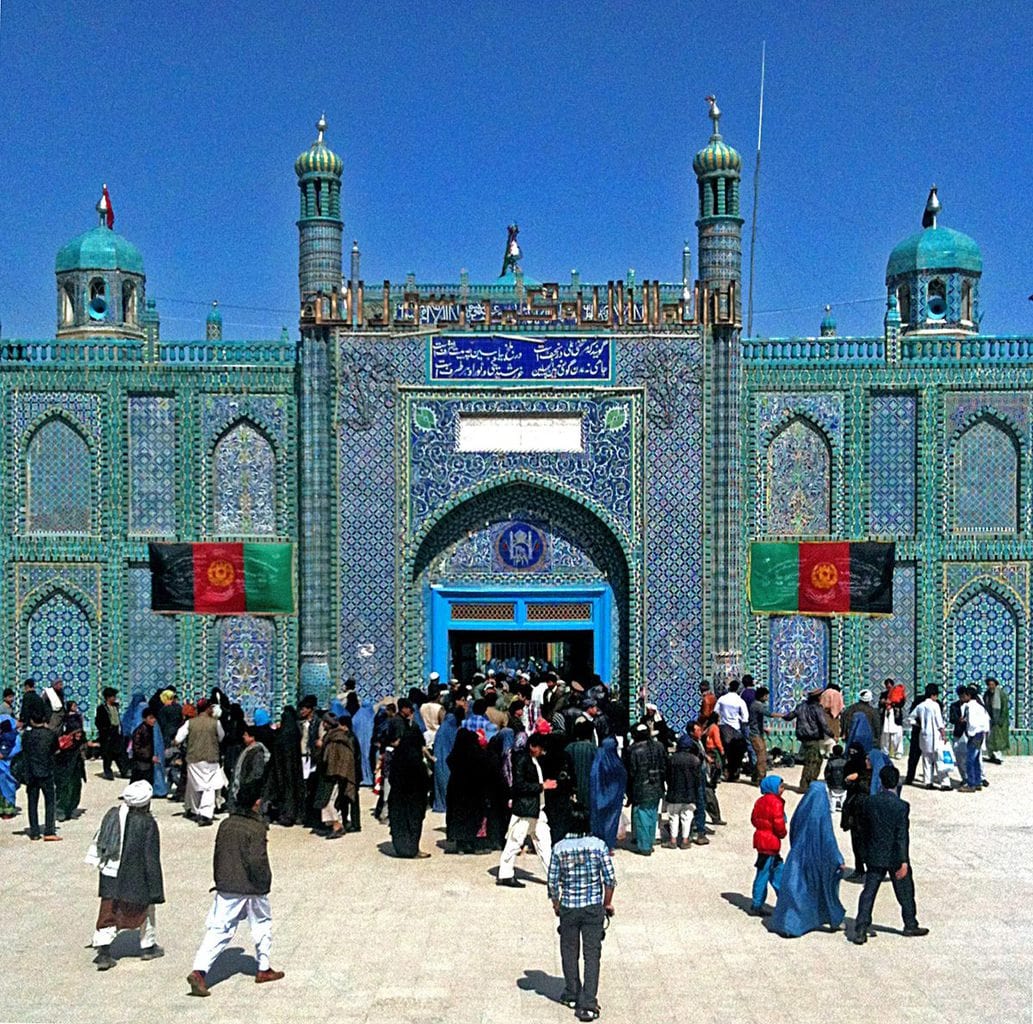
Minaret of Jam
Ghor
Beautiful, 62 m tall minaret. It was built in 1190 from bricks. The minaret is beautiful – with stucco, glazed tiles, adorned with calligraphy. Tower is endangered and can collapse at any moment. It might be located in the Firozkoh (Turquoise Mountain) – the lost capital of the ancient Ghorid state.
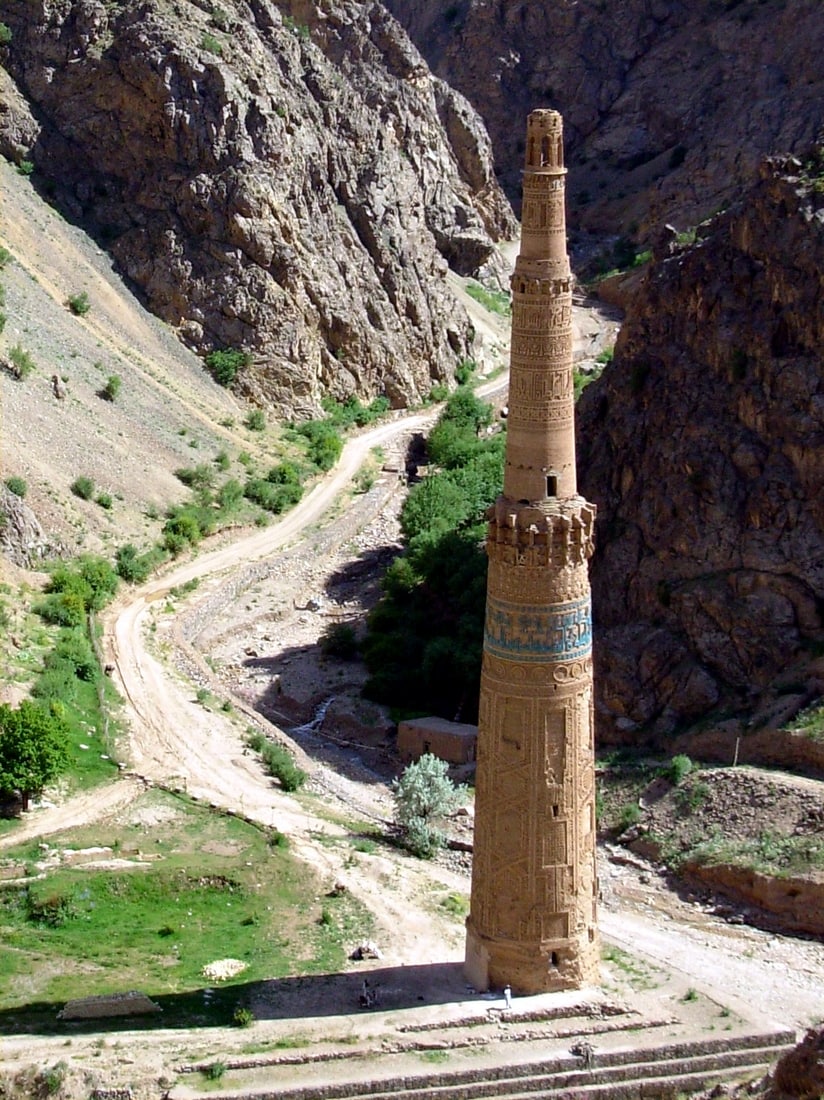
Bagh-e Babur
Kabul
Sophisticated, 11.5 ha large medieval garden. This garden was created in the time of emperor Babur after 1504 and is one of the oldest existing Mughal gardens, an exceptional example of Islamic garden architecture. Babur personally supervised the creation of this garden and later he was buried here. The garden was reconstructed and well-tended also in the coming centuries.
Balkh
Balkh
One of the oldest cities in the region (founded in 2000 – 1500 BC), an ancient center of Zoroastrianism, where, reportedly, Zoroaster died. To the north of the center is located Bala Hisar of Balkh – an ancient citadel that still is surrounded by city walls. Earthen walls around the city are some 10 km long.
Friday Mosque of Herat (Jama Masjid)
Herat
An old and beautiful mosque, built in 1404 – 1446 on the site of an older mosque. The first mosque was built on the site of Zoroastrian fire temples.
Herat Citadel
Herat
Ancient, fortified center of Herat. City was established around 500 BC, and Alexander the Great was here in 330 BC. The enormous fortress has been renovated and is housing a museum.
Bala Hissar of Kabul
Kabul
The ancient citadel of Kabul, built around the 5th century AD. Here start the Walls of Kabul which are up to 6.1 m tall and 3.7 m thick.
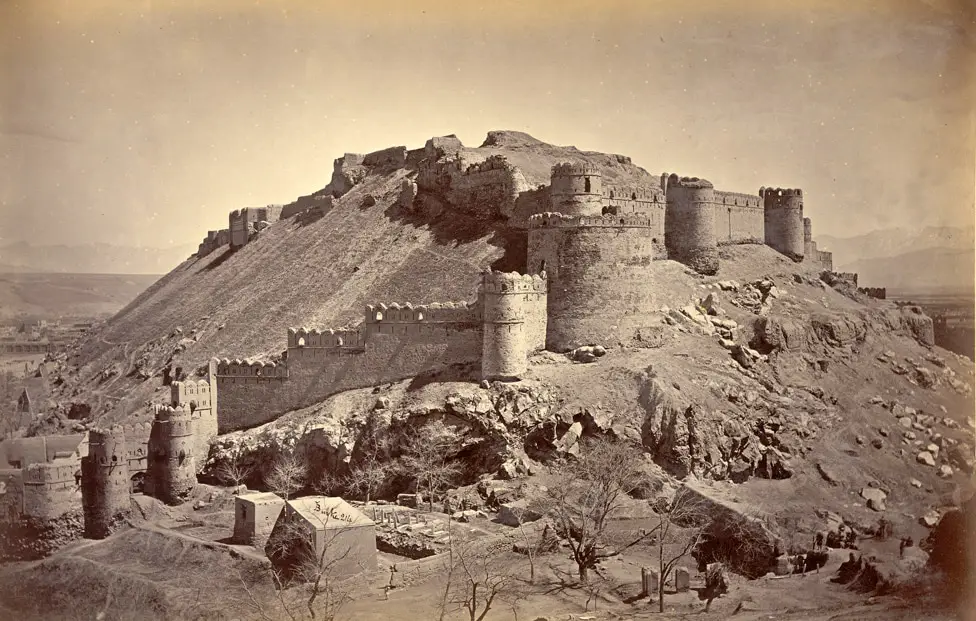
Green Mosque of Balkh
Balkan
This mosque was constructed in the first half of the 15th century. Although the building is in a bad state, it is an excellent representative of Timurid architecture.
Farah Citadel
Farah
Massive, impressive fortress. The first fortifications were built here around 500 BC or earlier, serving as a fortification on the Silk Road between India and Persia. The walls are some 2.5 km long and 15 m high.
Haji Piyada (Grave of Judge Yunus)
Balkh
Possibly the oldest Islamic structure in the area of Afghanistan, built in the 9th century AD. The grave is 20 by 20 meters large, the interior is adorned with sophisticated stucco.
 Recommended books
Recommended books
Afghanistan: A Military History from Alexander the Great to the War against the Taliban
For over 2,500 years, the forbidding territory of Afghanistan has served as a vital crossroads for armies and has witnessed history-shaping clashes between civilizations: Greek, Arab, Mongol, and Tartar, and, in more recent times, British, Russian, and American. When U.S. troops entered Afghanistan in the weeks following September 11, 2001, they overthrew the Afghan Taliban regime and sent the terrorists it harbored on the run. But America’s initial easy victory is in sharp contrast to the difficulties it faces today in confronting the Taliban resurgence.
Religions of the Hindukush: The Pre-Islamic Heritage of Eastern Afghanistan
Detailed study of the pre-Islamic religious and tribal culture of Eastern Afghanistan; an important contribution which is both readable and scholarly.

